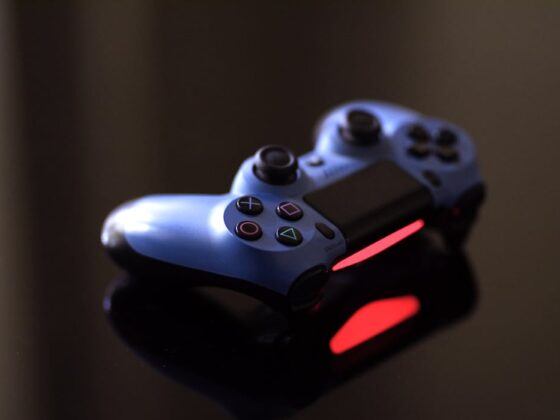
Fitness has always been crucial in every sport, especially the ones that demand a lot of running from the players. The athlete’s aerobic capacity has to be up to the mark, and he/she should pass the beep test to pass the fitness demand of the team. But, what exactly is the beep test, and why is everyone talking about it? Let’s find out.
The multistage fitness test
The beep test, also known as the multistage fitness test, is a maximal running, aerobic fitness test where athletes have to run between two lines set 20 meters apart within the sound of two beeps. That is why this test is known as the beep test or the 20-meter shuttle run test. Your trainer will need a few items to set up before the test such as marking cones, beep test audio, recording sheets, and a 20-meter measuring tape. The trainer will note down some basic information like body weight, height, gender, age, and test conditions.
Many athletes who are essential players for their team, but have minor foot injuries a couple of days before the match find themselves in a position where they can’t pass this fitness test. But, thanks to some advanced magnetic insoles in their shoes, they don’t feel the pain as they usually do while walking bare feet. Magneto 500, for one, is one of those types of magnetic soles that athletes use to reduce joint and muscle pain in the feet.
How the test works
After the trainer marks the two lines separated at a 20-meter distance, you need to stand behind a line facing the other one. On the whistle of the trainer, you need to start running. The objective is to complete a set of runs between two beeps. Initially, the span between two beeps is more. This allows you to complete the runs quickly. However, as the test becomes more intense, you have to cover more runs, but within a shorter beep span. Your trainer will notify you after every beep and also inform the number of laps left.
The trick in the beep test is you have to stop if you finish the number of runs within the given time. So, in the first beep, when you have more energy, you will tend to complete the number of given laps quickly. But that doesn’t mean you can start the second part of the test to use up the time you saved. For example, if you are supposed to complete 5 rounds in 1 minute and you finish in 40 seconds, you will have to wait for 20 seconds before starting the next round. The next round may have 8 rounds in 1 minute, and so on. If you don’t reach the 20-meter mark before the end of the beep, the alarm will go off, and you get a warning.
Sports such as cricket, football, basketball, tennis, and many others are already using the beep test to identify the fit players for the teams. This allows the players to stay healthy and fit if they want to be a part of the playing team instead of sitting in the reserves.







